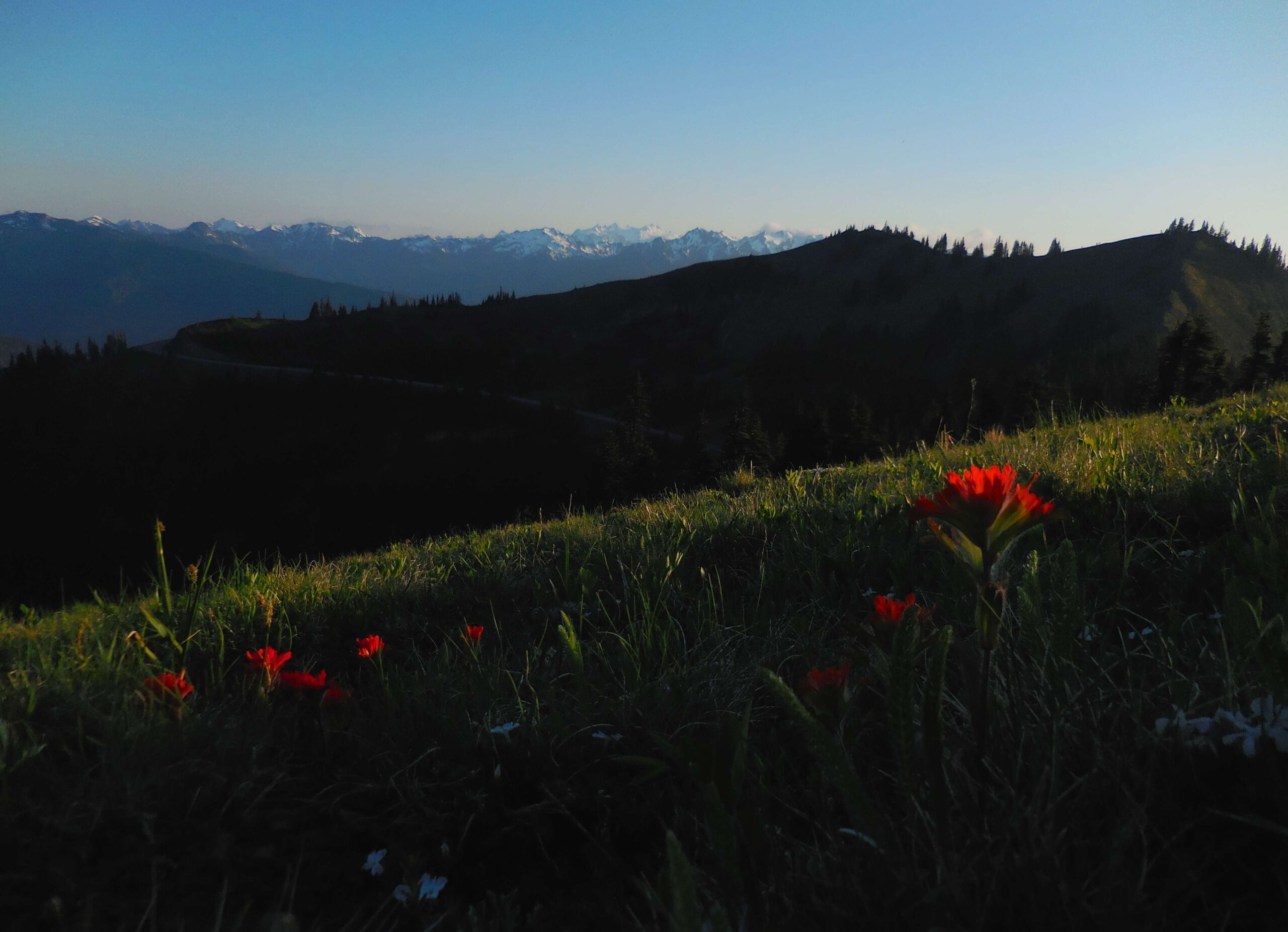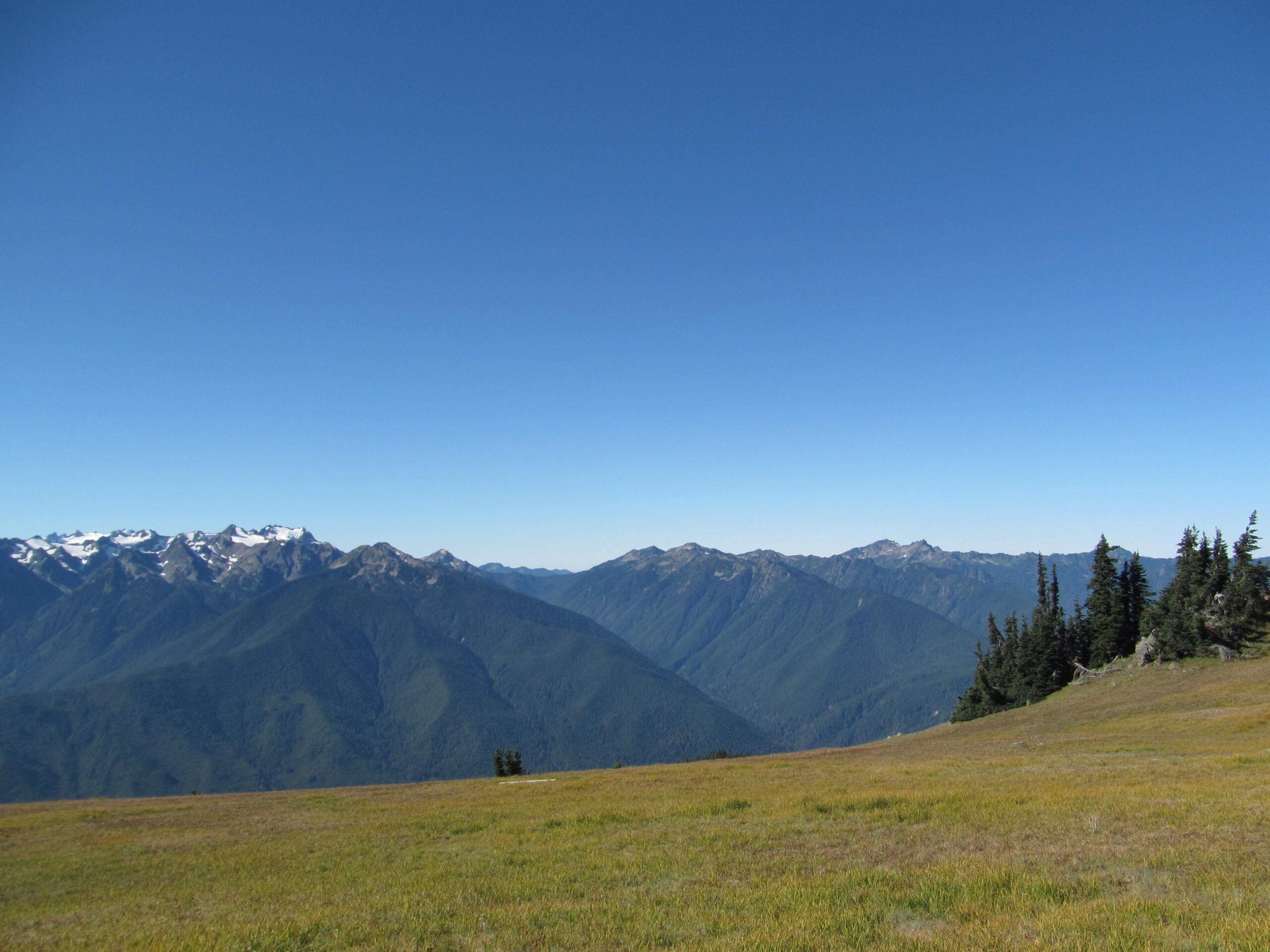Olympic National Park’s rocky shores are a captivating blend of rugged coastline, diverse marine life, and stunning natural beauty. Stretching along 73 miles of Pacific Ocean shoreline, these rocky shores offer visitors a unique opportunity to explore tide pools, observe marine mammals, and hike scenic coastal trails. From the bustling marine ecosystems in the intertidal zones to the majestic sea stacks dotting the coastline, Olympic National Park’s rocky shores are a testament to the raw power and beauty of nature.
What Marine Life Can Be Found Along Olympic National Park’s Rocky Shores?

The rocky shores of Olympic National Park are teeming with diverse marine life, offering visitors a chance to observe various species in their natural habitat. Here’s a breakdown of the marine life you can expect to encounter:
Marine Mammals
-
Sea Otters: These charismatic creatures can be spotted year-round, particularly in kelp forests and rocky shore areas. They are full-time residents of the Olympic Coast National Marine Sanctuary.
-
Harbor Seals: Commonly seen throughout the year, especially in intertidal areas like lagoons, estuaries, and the open ocean. They are opportunistic feeders and can often be observed resting on shore or diving for food.
-
Steller’s Sea Lions: Less common but still present in the area. They are considered uncommon visitors to the park’s rocky shores.
-
Northern Elephant Seals: While rare, these impressive marine mammals can occasionally be spotted in the waters off the park’s beaches.
Seabirds
Olympic National Park’s rocky shores serve as a crucial feeding area for over 100 species of seabirds and shorebirds along the Pacific Flyway migration path. Visitors can observe various species throughout the year, including:
- Gulls
- Albatrosses
- Shorebirds (various species)
Peak activity for seabirds occurs during migration seasons, offering birdwatchers excellent opportunities for observation.
When Is the Best Time to Visit Olympic National Park’s Rocky Shores?

The best time to visit Olympic National Park’s rocky shores depends on what you hope to see and experience. Here’s a seasonal breakdown:
Summer (June – August)
- Ideal for observing marine mammals, including gray whales migrating through the area from April to late summer
- Risso’s dolphins and other cetaceans are more active during this period
- Warmer temperatures and generally drier weather make for comfortable exploration
Spring and Fall (March – May, September – November)
- Excellent for birdwatching, especially during migration seasons
- Fewer crowds compared to summer months
- Chance to see a mix of marine life and changing coastal landscapes
Winter (December – February)
- Opportunity to witness dramatic storm-watching along the rocky shores
- Fewer visitors, offering a more solitary experience
- Potential for spotting winter migratory species
Year-Round
- Harbor seals and sea otters can be observed at any time of the year
- Tide pool exploration is possible throughout the year, depending on tide conditions
How Can Visitors Explore Tide Pools Safely at Olympic National Park?
Tide pools are one of the most fascinating features of Olympic National Park’s rocky shores. Here’s how to explore them safely and responsibly:
Best Locations for Tide Pooling
- Kalaloch Beach
- Ruby Beach
- Ozette area tide pools
- Rialto Beach (near Hole-in-the-Wall formation)
Optimal Tide Times
The best time to explore tide pools is during low tide, especially during the lower low tides that occur around the new moon and full moon phases. Check local tide charts before planning your visit.
Safety Guidelines
- Respect Marine Life: Avoid touching or disturbing marine organisms to prevent damage to these delicate ecosystems.
- Watch Your Step: Be cautious of slippery rocks and strong waves. Wear appropriate footwear with good traction.
- Check Tide Times: Ensure you visit during safe and accessible low tide times to avoid being trapped by incoming tides.
- Stay Aware: Be mindful of your surroundings and current weather conditions, which can change rapidly on the coast.
What Are the Must-See Coastal Hiking Trails in Olympic National Park?
Olympic National Park offers several stunning coastal hiking trails that showcase the beauty of its rocky shores. Here are some must-see trails:
1. Ozette Loop Trail
- Length: Approximately 9.4 miles
- Difficulty: Moderate
- Highlights:
- Access to Ozette area tide pools
- Scenic coastal views
- Old-growth forest sections
- Ancient petroglyphs at Wedding Rocks (permit required for viewing)
2. Rialto Beach Trail to Hole-in-the-Wall
- Length: About 2 miles one way
- Difficulty: Moderate
- Highlights:
- Iconic Hole-in-the-Wall rock formation
- Dramatic sea stacks and driftwood-strewn beaches
- Tide pools near Hole-in-the-Wall
3. Ruby Beach Trail
- Length: Short, about 0.2 miles to the beach
- Difficulty: Easy
- Highlights:
- Scenic views of the coastline and sea stacks
- Access to Ruby Beach tide pools
- Photogenic landscape, especially at sunset
4. Kalaloch Beach Trail
- Length: Short, about 0.2 miles to the beach
- Difficulty: Easy
- Highlights:
- Access to Kalaloch Beach and its tide pools
- Views of the famous ‘Tree of Life’ – a tree growing on an eroded cliff
- Potential for wildlife sightings, including bald eagles and seabirds
What Amenities Are Available at Olympic National Park’s Rocky Shore Access Points?
Visitors to Olympic National Park’s rocky shores can find various amenities at the main beach access points. Here’s a breakdown of what’s available:
| Beach Access Point | Parking | Restrooms | Picnic Areas | Accessibility | Costs/Permits |
|---|---|---|---|---|---|
| Kalaloch Beach | Ample | Yes | Yes | Wheelchair-accessible paths | Park pass or entrance fee required |
| Ruby Beach | Yes | Yes | Yes | Wheelchair-accessible paths | Park pass or entrance fee required |
| Ozette Beach | Yes | Yes | Yes | Partially accessible | Park pass or entrance fee required |
| Rialto Beach | Yes | Yes | Yes | Wheelchair-accessible paths | Park pass or entrance fee required |
Note that all these locations are part of Olympic National Park, so a park pass or entrance fee is required for access.
How Can Visitors Contribute to Conservation Efforts on Olympic National Park’s Rocky Shores?
Visitors play a crucial role in preserving the delicate ecosystems of Olympic National Park’s rocky shores. Here are ways to contribute to conservation efforts:
-
Practice Leave No Trace: Pack out all trash and leave natural objects where you find them.
-
Stay on Designated Trails: This helps prevent erosion and protects sensitive habitats.
-
Observe Wildlife from a Distance: Use binoculars or zoom lenses instead of approaching animals closely.
-
Participate in Beach Clean-ups: Join organized clean-up events or conduct your own mini clean-up during your visit.
-
Report Wildlife Sightings: Contribute to citizen science efforts by reporting wildlife sightings to park rangers or through approved apps.
-
Educate Others: Share your knowledge about the importance of preserving these unique ecosystems with fellow visitors.
-
Support Conservation Organizations: Consider donating to or volunteering with organizations dedicated to protecting Olympic National Park’s coastal areas.
By following these guidelines and actively participating in conservation efforts, visitors can help ensure that Olympic National Park’s rocky shores remain a pristine and vibrant ecosystem for generations to come.
References:
1. https://olympiccoast.noaa.gov/living/marinelife/
2. https://www.nps.gov/olym/learn/nature/terrestrial-mammals.htm
3. https://marinesanctuary.org/blog/meet-the-marine-mammals-of-olympic-coast/
